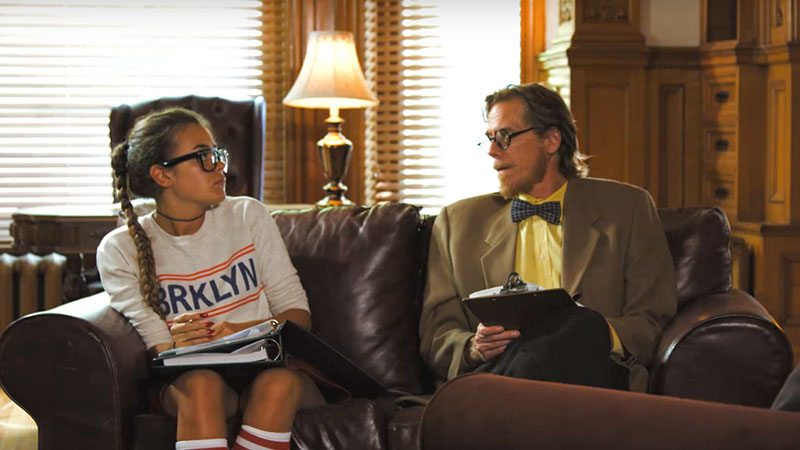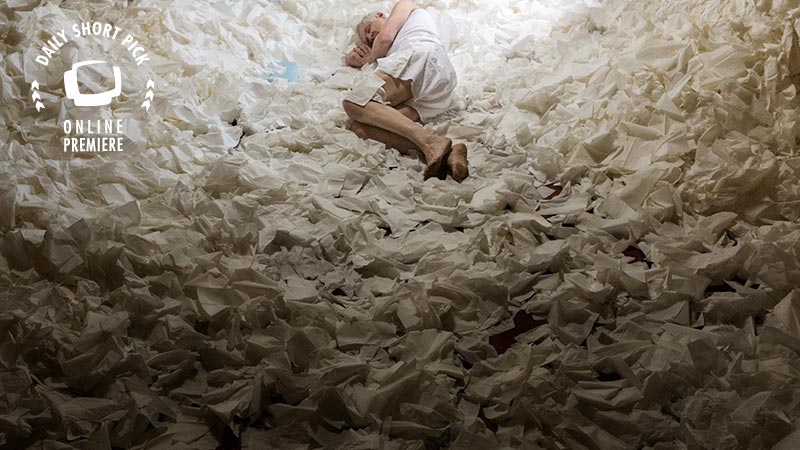In 1897, while away caring for her mentally-ill mother, Margaret Woodruff receives word of her brilliant husband’s passing and returns to their farm to tend to his affairs. One night, Margaret sees light from the barn and is stunned to find the unfinished masterpiece he left behind: an intricate machine with the ability to speak, listen, and—most peculiarly—think, just like a human being. Over time, Margaret explores the machine’s potential, and the two develop a curious and ineffable bond. But when her pious neighbor Mrs. Cooper arrives for a visit, she finds Margaret and her mother gallivanting with the bizarre contraption and alerts the town’s pastor who is convinced that Margaret has lost her hold on reality.
Director’s Vision
I’ve always been fascinated by the turn of the twentieth century and the incredible, lasting impact the era still has on our lives today: the explosion of scientific and medical breakthroughs, the invention of wholly new art forms like audio recording and moving pictures, the widespread adoption of electricity in cities and homes around the world. The transformation from the old world to the new must have been absolutely staggering, especially for someone like Margaret’s mother, who would have lived through both the assassination of Abraham Lincoln and, twenty years later, the construction of the first skyscraper. By 1897, the world must have looked unrecognizable to someone like her.
At its heart, The Automaton is a story about the profound and unavoidable drive for human connection in an era of overwhelming progress and change. Much like Margaret and her mother, we find ourselves in a similar era, constantly inventing new technologies, striving to communicate with one another as the world evolves around us. Some people, like Margaret, see these advancements as an opportunity to connect and express their love for one another, while others, like Mrs. Cooper, use it to push their neighbors away, recoiling in fear and anger.
I love science fiction for its ability to seamlessly blend the world that is with the world that could be—or, in the case of The Automaton, the world that could have been. It’s a way to explore our ideals and reconcile them with our reality. As I write this, the entire world is locked down under quarantine, physically isolated and desperately trying to connect with one another. I look around and find myself in awe of the resilience and fragility of human beings. I only hope we strive to be a little more like Margaret and try to find a way to embrace both as we, yet again, make this transition into a new era of human connection and overwhelming change.



